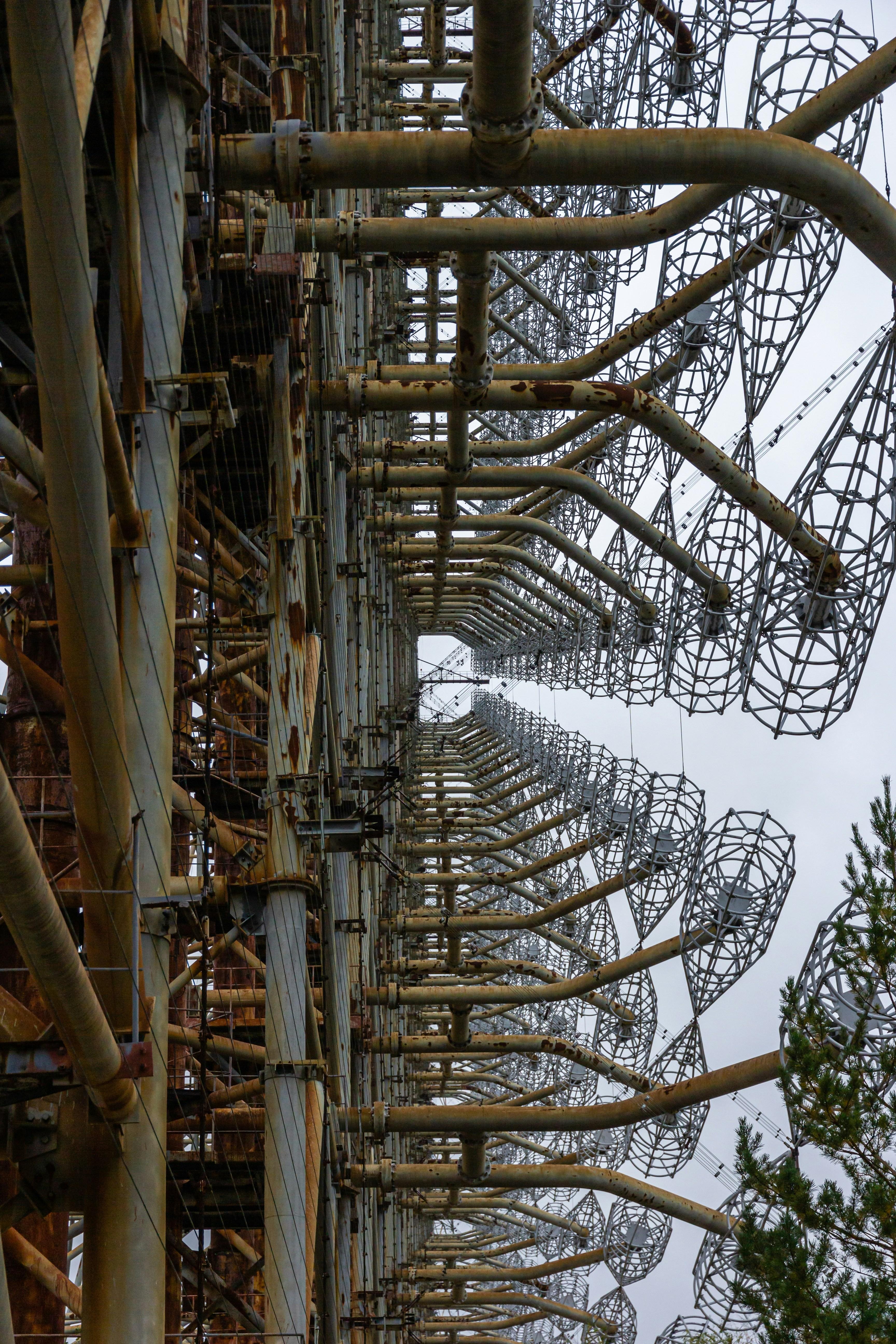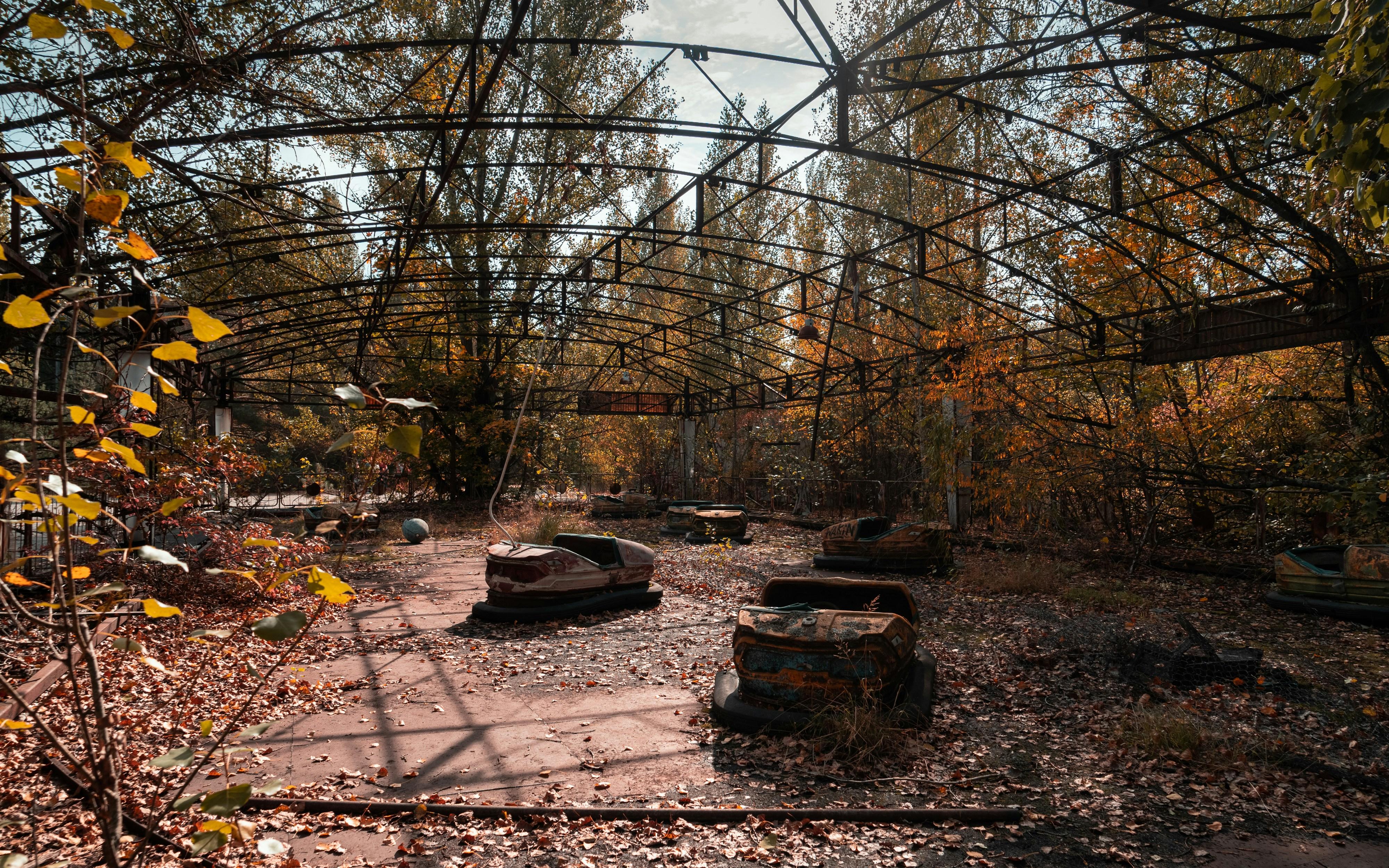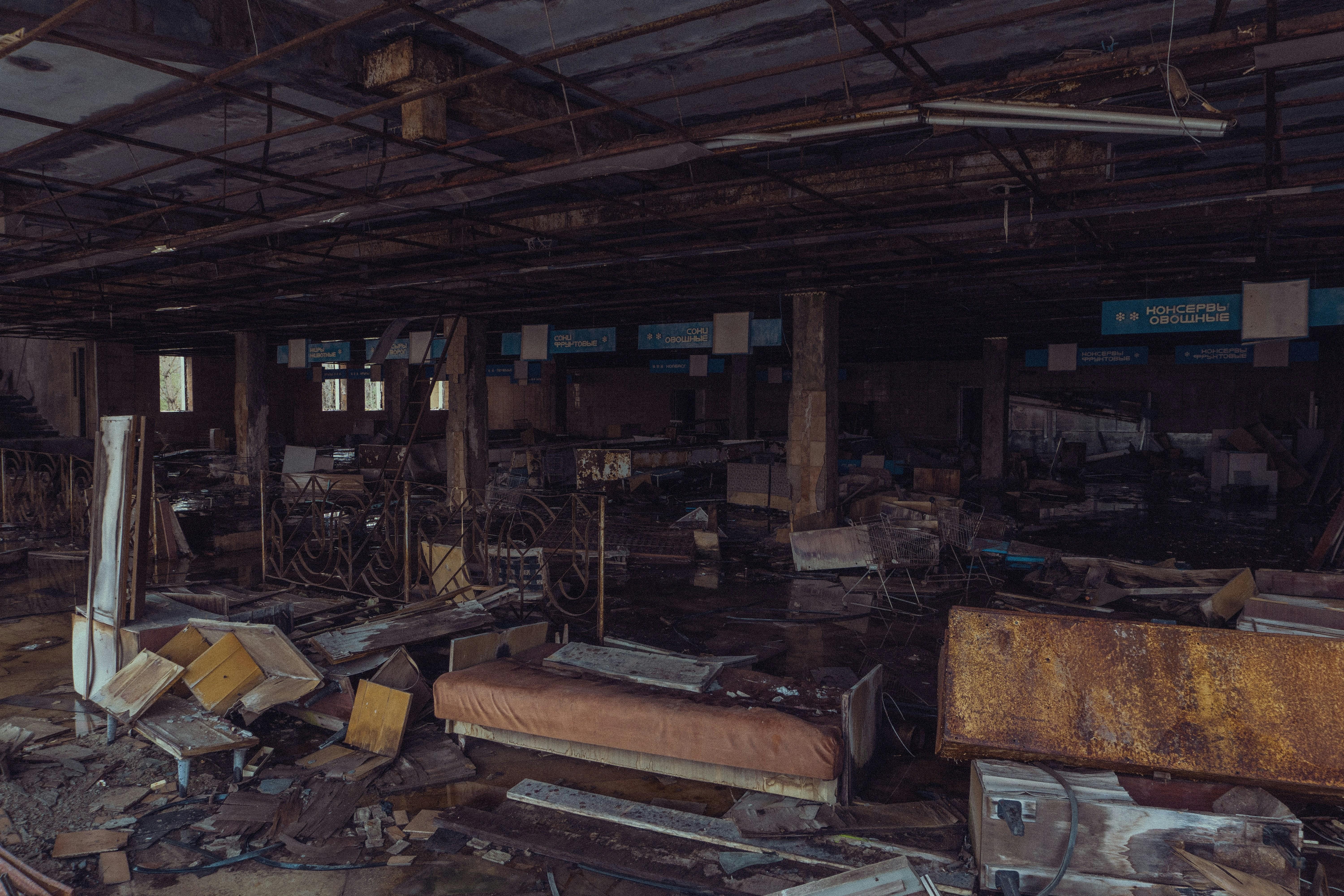In the ever-evolving landscape of television, few series have managed to capture both critical acclaim and public attention as effectively as HBO‘s “Chernobyl.” Premiering in 2019, this meticulously crafted miniseries not only revisited one of the most catastrophic nuclear disasters in history but also transcended the traditional boundaries of historical drama to become a cultural phenomenon. Through its unflinching portrayal of human error, systemic failures, and the haunting aftermath of the 1986 Chernobyl disaster, the show resonated deeply with audiences worldwide. This article delves into the factors that propelled “Chernobyl” to its status as one of the most impactful shows of the decade, examining its narrative techniques, production values, and the broader societal themes it illuminated. By dissecting these elements, we aim to understand how “Chernobyl” not only captivated viewers but also sparked conversations about truth, accountability, and the enduring consequences of human actions.
Cultural Resonance and Historical Context
The series “Chernobyl” expertly taps into the cultural resonance of a disaster that has long been etched into the collective memory of both the Eastern and Western worlds. By dramatizing the events surrounding the 1986 nuclear catastrophe, the show underscores the universal themes of human error, bureaucratic failure, and the quest for truth, making it relevant to contemporary audiences who continue to grapple with issues of transparency and accountability. Through its meticulous attention to detail and profound storytelling, the show captures the zeitgeist of a bygone era while simultaneously offering a poignant critique of modern societal structures.
In terms of historical context, “Chernobyl” not only reconstructs the chilling reality of the disaster but also provides insight into the sociopolitical dynamics of the Soviet Union during the Cold War. This historical backdrop serves as more than just a setting; it is a character in its own right, influencing the actions and decisions of individuals caught in the throes of a monumental crisis. The series touches on several key historical elements:
- The rigid hierarchy and secrecy within Soviet governance.
- The ideological conflict between truth and propaganda.
- The resilience and sacrifice of ordinary people facing extraordinary circumstances.
By weaving these elements into its narrative, “Chernobyl” not only educates but also prompts reflection on the enduring legacy of past events and their relevance in today’s world.

Character Development and Narrative Techniques
The masterful storytelling of “Chernobyl” is a testament to the meticulous character development and the nuanced narrative techniques employed throughout the series. At its core, the show thrives on its ability to humanize a catastrophic event, transforming historical figures into relatable characters with complex emotions and moral dilemmas. Valery Legasov, Boris Shcherbina, and Ulana Khomyuk are not just representations of their real-life counterparts; they are conduits for exploring themes of truth, responsibility, and the human spirit’s resilience. Through detailed character arcs, viewers witness their transformation under immense pressure, driving the narrative forward with a palpable tension that resonates long after the credits roll.
To achieve this level of impact, the creators of “Chernobyl” employed several key narrative techniques:
- Non-linear storytelling: By weaving past and present events seamlessly, the series creates a tapestry that gradually reveals the magnitude of the disaster and its aftermath.
- Realistic dialogue: The use of authentic, yet accessible language allows the audience to connect deeply with the characters’ experiences and motivations.
- Symbolism and imagery: Visual metaphors, such as the pervasive use of grey and muted tones, underscore the bleakness of the situation, enhancing the emotional gravity of each scene.
These techniques not only heighten the dramatic tension but also ensure that the narrative remains engaging and thought-provoking, ultimately cementing “Chernobyl” as a landmark in television history.

Visual Storytelling and Cinematic Craftsmanship
The meticulous visual storytelling in Chernobyl is a masterclass in conveying complex narratives through a blend of haunting imagery and meticulous attention to detail. The creators harnessed the power of visual language to evoke an atmosphere that was as oppressive as it was captivating. Through stark, desaturated color palettes, the series transported viewers into the bleak realities of 1986 Soviet Ukraine, emphasizing the gravity of the disaster. Each frame was carefully constructed to reflect the pervasive sense of dread, using light and shadow to amplify the emotional weight of the unfolding tragedy.
- Authentic Set Design: Recreating the eerie landscapes of Pripyat and the Chernobyl plant with painstaking accuracy.
- Symbolic Imagery: Visual motifs like the menacing glow of radiation or the empty, abandoned spaces underscored the invisible threat.
- Attention to Detail: Costumes and props meticulously mirrored the era, grounding the narrative in a recognizable reality.
In addition to its compelling visuals, the series excelled in cinematic craftsmanship, utilizing techniques that drew viewers into the harrowing experience. The use of long, continuous takes immersed the audience in the urgency and chaos, while strategic sound design complemented the visual narrative, enhancing the tension and emotional impact. By interweaving historical accuracy with creative storytelling, Chernobyl emerged not just as a recounting of events, but as an evocative exploration of human error and resilience.

Impact on Popular Culture and Television Industry
The HBO miniseries, Chernobyl, not only captivated audiences worldwide but also left an indelible mark on popular culture and the television industry. Its meticulous attention to historical detail and gripping storytelling set a new standard for docudramas. This influence can be seen in the surge of interest in narrative-driven, fact-based television, prompting networks and streaming services to invest in similar high-quality productions. Moreover, the show’s success has encouraged a broader exploration of lesser-known historical events, inspiring a wave of content creators to delve into stories that combine education with entertainment.
In addition to reshaping narrative priorities, Chernobyl has had a noticeable impact on the aesthetic and thematic choices in television. The series’ haunting cinematography and somber tone have been emulated by subsequent productions aiming to evoke a similar atmosphere of authenticity and gravitas. Key elements that have permeated the industry include:
- Visual storytelling: Emphasis on creating mood and tension through visual elements rather than dialogue.
- Character complexity: A focus on deeply flawed, multifaceted characters who mirror real-world complexities.
- Sound design: Use of ambient soundscapes to enhance immersion and emotional impact.
Through its groundbreaking approach, Chernobyl has not only enriched the television landscape but also challenged creators to elevate their craft, fostering a more informed and engaged viewership.
